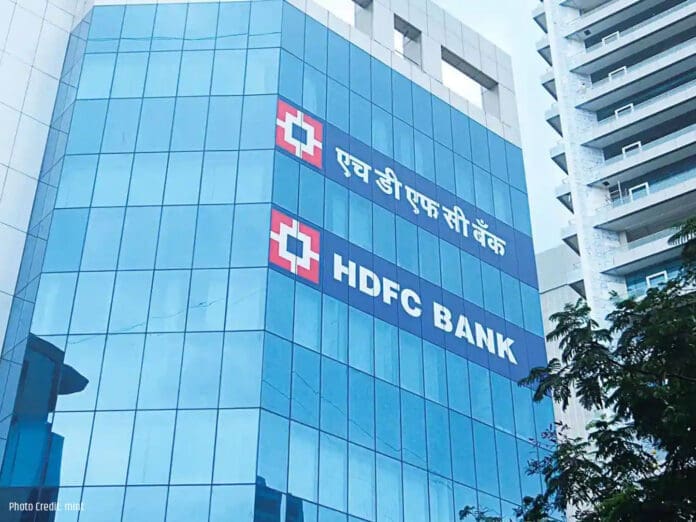HDFC Bank Ltd is preparing to mobilize at least ₹2.2 trillion through public deposits and corporate bonds as part of a strategic initiative to bolster its financial standing. In addition, the bank seeks to secure an extra ₹50,000 crore to satisfy capital requirements and other essential regulatory conditions ahead of its landmark merger with Housing Development Finance Corp. Ltd, India’s foremost mortgage lender.
As a non-banking financial institution, HDFC Ltd must address its existing debts with other financial entities before the merger can proceed. Indian banking regulations stipulate that banks cannot reflect loans from other banks on their balance sheets, making it imperative for HDFC to repay these obligations to facilitate the merger’s completion.
In April, HDFC Bank and HDFC announced their intention to merge in a monumental $40 billion transaction, a move hailed as the largest in corporate history. This merger positions HDFC Bank to become significantly larger than ICICI Bank, currently the third-largest lender in India, potentially reshaping the competitive landscape of the banking sector.
Furthermore, HDFC has formally requested the Reserve Bank of India (RBI) to temporarily waive the Statutory Liquidity Ratio (SLR) requirement, proposing a phased compliance approach. According to the Banking Regulation Act of 1949, banks are required to maintain an SLR of 18% and 25% as of the last Friday of the second fortnight of each month, underscoring the importance of regulatory adherence during this critical transition.
This merger represents a significant milestone not only for HDFC Bank but for the entire banking industry, indicating a trend toward consolidation and increased competitiveness among major financial institutions in India.


Recent Comments